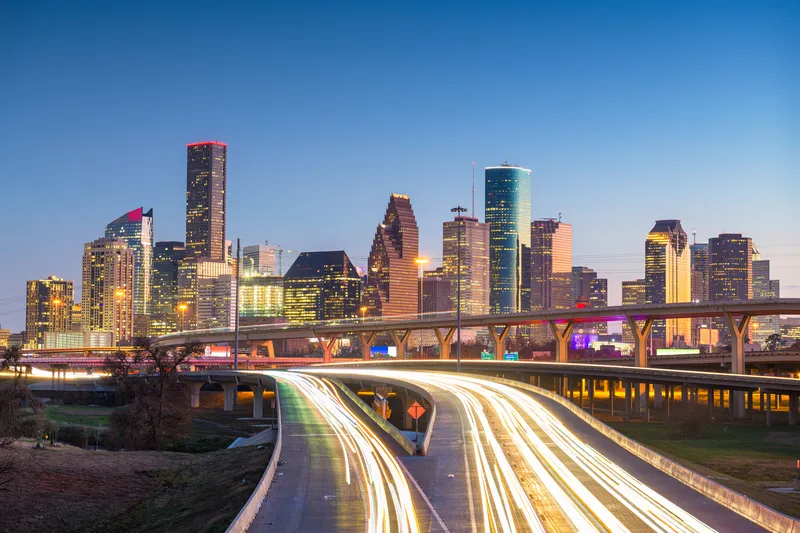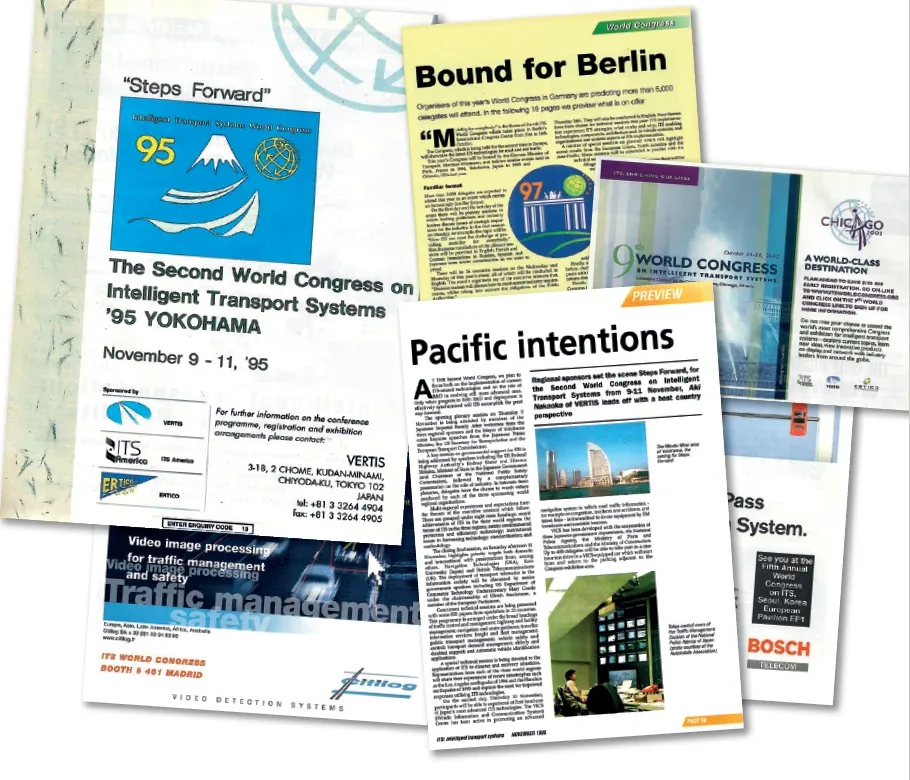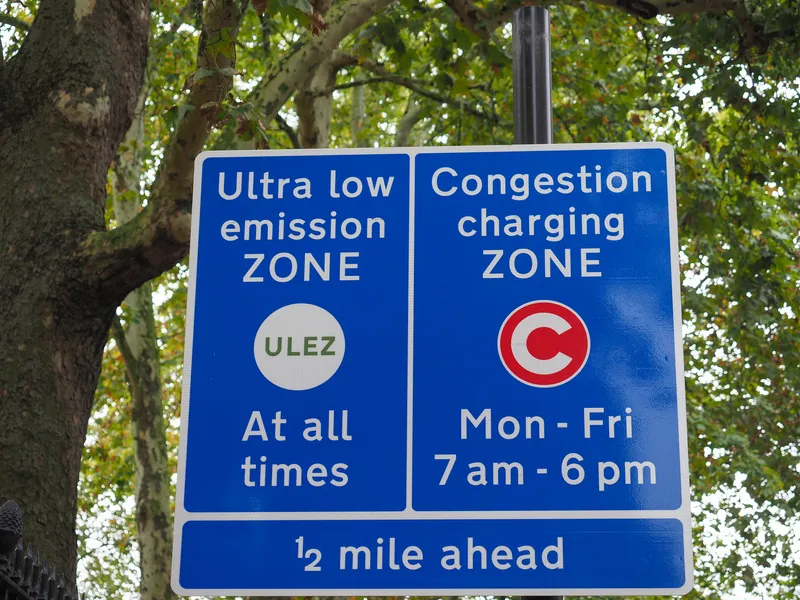San Diego North County’s Interstate 15 corridor is best known for its flood of freeway traffic, not its mass transit stations. This is due to change next year, when the Sabre Springs/Penasquitos transit station, just east of I-15 on Sabre Springs Parkway, is set to undergo a US$12.2 million face-lift that will include a four-storey parking garage, electric vehicle charging stations, electronic next bus signs and even some smart parking spaces. “This will be our flagship station,” said Frank Owsiany, who ov
January 18, 2013
Read time: 2 mins
San Diego North County’s Interstate 15 corridor is best known for its flood of freeway traffic, not its mass transit stations. This is due to change next year, when the Sabre Springs/Penasquitos transit station, just east of I-15 on Sabre Springs Parkway, is set to undergo a US$12.2 million face-lift that will include a four-storey parking garage, electric vehicle charging stations, electronic next bus signs and even some smart parking spaces.
“This will be our flagship station,” said Frank Owsiany, who oversees station improvements along the inland corridor for the1789 San Diego Association of Governments, the region’s transportation planning agency.
Construction on what is said to be the ultimate I-15 transit hub, is expected to begin by late February or early March and should last about a year, Owsiany said.
The project is timed to be ready for the early 2014 launch of an expanded rapid bus service along I-15. That service promises to increase the frequency and shorten the routes of express buses that ferry passengers from stations in Escondido, Rancho Bernardo and other points south along the I-15 Express Lanes to job centers in Sorrento Valley and downtown San Diego.
The Sabre Springs project will require the closure of the station’s 150 parking spaces, which will be temporarily replaced at three park and rides along Sabre Springs Parkway. Owsiany said the station ramps that connect drivers to the freeway’s express lanes will remain open during construction.
Once complete, the parking garage will offer 537 spaces to go along with 93 additional surface lot spaces. Solar panels will be added on top of the structure, providing shade for cars on the top level, as well as providing a power source, he said.
Owsiany added that drivers will be able to call and reserve smart parking spots inside the station, where stalls will be lighted either green or red to show whether they have been reserved.
“This will be our flagship station,” said Frank Owsiany, who oversees station improvements along the inland corridor for the
Construction on what is said to be the ultimate I-15 transit hub, is expected to begin by late February or early March and should last about a year, Owsiany said.
The project is timed to be ready for the early 2014 launch of an expanded rapid bus service along I-15. That service promises to increase the frequency and shorten the routes of express buses that ferry passengers from stations in Escondido, Rancho Bernardo and other points south along the I-15 Express Lanes to job centers in Sorrento Valley and downtown San Diego.
The Sabre Springs project will require the closure of the station’s 150 parking spaces, which will be temporarily replaced at three park and rides along Sabre Springs Parkway. Owsiany said the station ramps that connect drivers to the freeway’s express lanes will remain open during construction.
Once complete, the parking garage will offer 537 spaces to go along with 93 additional surface lot spaces. Solar panels will be added on top of the structure, providing shade for cars on the top level, as well as providing a power source, he said.
Owsiany added that drivers will be able to call and reserve smart parking spots inside the station, where stalls will be lighted either green or red to show whether they have been reserved.











